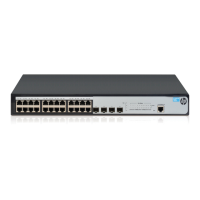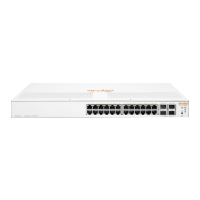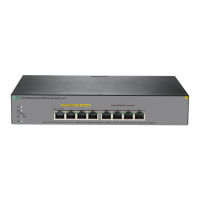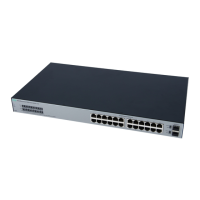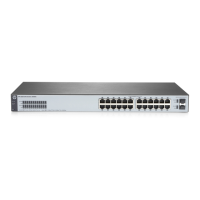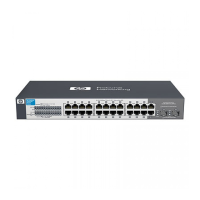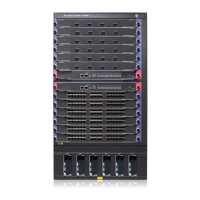tion
Rule ID
Select the Rule ID box and enter a number for the rule.
If you do not specify the rule number, the system will assign one
automatically.
IMPORTANT:
If the rule number you specify already exists, the following operations modify
the configuration of the rule.
Operation
Select the operation to be performed for IPv6 packets matching the rule.
• Permit—Allows matched packets to pass.
• Deny—Drops matched packets.
Check Fragment
Select this box to apply the rule to only non-first fragments.
If you do no select this box, the rule applies to all fragments and
non-fragments.
Check Logging
Select this box to keep a log of matched IPv6 packets.
A log entry contains the ACL rule number, operation for the matched
packets, protocol number, source/destination address, source/destination
port number, and number of matched packets.
Source IP Address
Select the Source IP Address box and enter a source IPv6 address and
prefix length.
The IPv6 address must be in a format like X:X::X:X. An IPv6 address consists
of eight 16-bit long fields, each of which is expressed with two
hexadecimal numbers and separated from its neighboring fields by colon
(:).
Source Prefix
Time Range
Select the time range during which the rule takes effect.
Configuring a rule for an advanced IPv6 ACL
1. Select QoS > ACL IPv6 from the navigation tree.
2. Click the Advance Setup tab.
The rule configuration page for an advanced IPv6 ACL appears.
